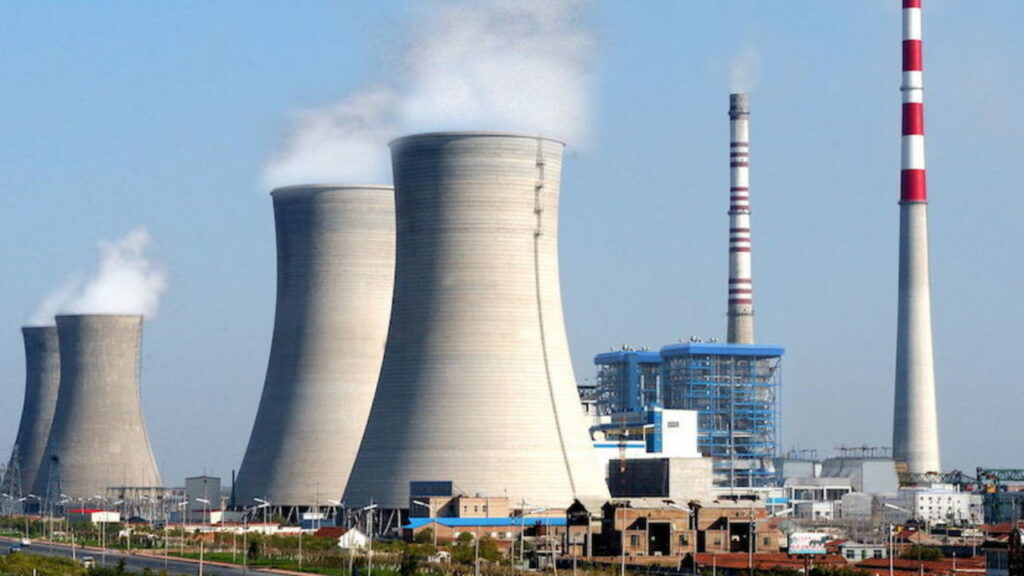In response to the escalating power demand, the Indian government has recently issued directives for gas-based power plants to operate at their maximum capacity from May 1 to June 30. This move comes after the extension of the deadline for imported coal-based power plants to operate at full capacity until October 15.

Addressing Rising Power Demand
The surge in power demand, particularly during the summer months, necessitates proactive measures to ensure a stable and uninterrupted power supply across the nation. Gas-based power plants, which have historically faced underutilization due to various factors, including commercial considerations, are now being tapped to meet the growing energy needs.
Utilizing Idle Capacity
According to estimates, there are approximately 20,000 megawatts (MW) of idle gas-based power generation capacity in India. Out of this, it is believed that around 16,000 MW can still be effectively utilized, as these plants are connected to the gas grid. By directing these plants to operate at maximum capacity, the government aims to optimize power generation and bridge the gap between supply and demand.
Government Intervention Under Section 11
The directives issued by the Ministry of Power fall under Section 11 of the Electricity Act, 2003. This section empowers the appropriate government to specify operational instructions for generating companies in extraordinary circumstances. The objective is to ensure that gas-based generating stations operate and maintain their facilities in accordance with the government’s directions.
Optimizing Power Availability
The primary goal of these directives is to optimize power availability during periods of high demand, such as the summer months. To achieve this, GRID-INDIA, the nodal agency responsible for power distribution, will inform gas-based generating stations in advance of the expected demand. This proactive approach allows power plants to plan their operations accordingly and maximize output.
Market-Based Allocation of Power
Gas-based generating stations with power purchase agreements (PPAs) with distribution companies will first offer their power to the PPA holders. If the power offered exceeds the demand from PPAs, it will be made available in the power market. Similarly, gas-based generating stations without PPAs must offer their generation in the power market, ensuring efficient allocation based on demand.













